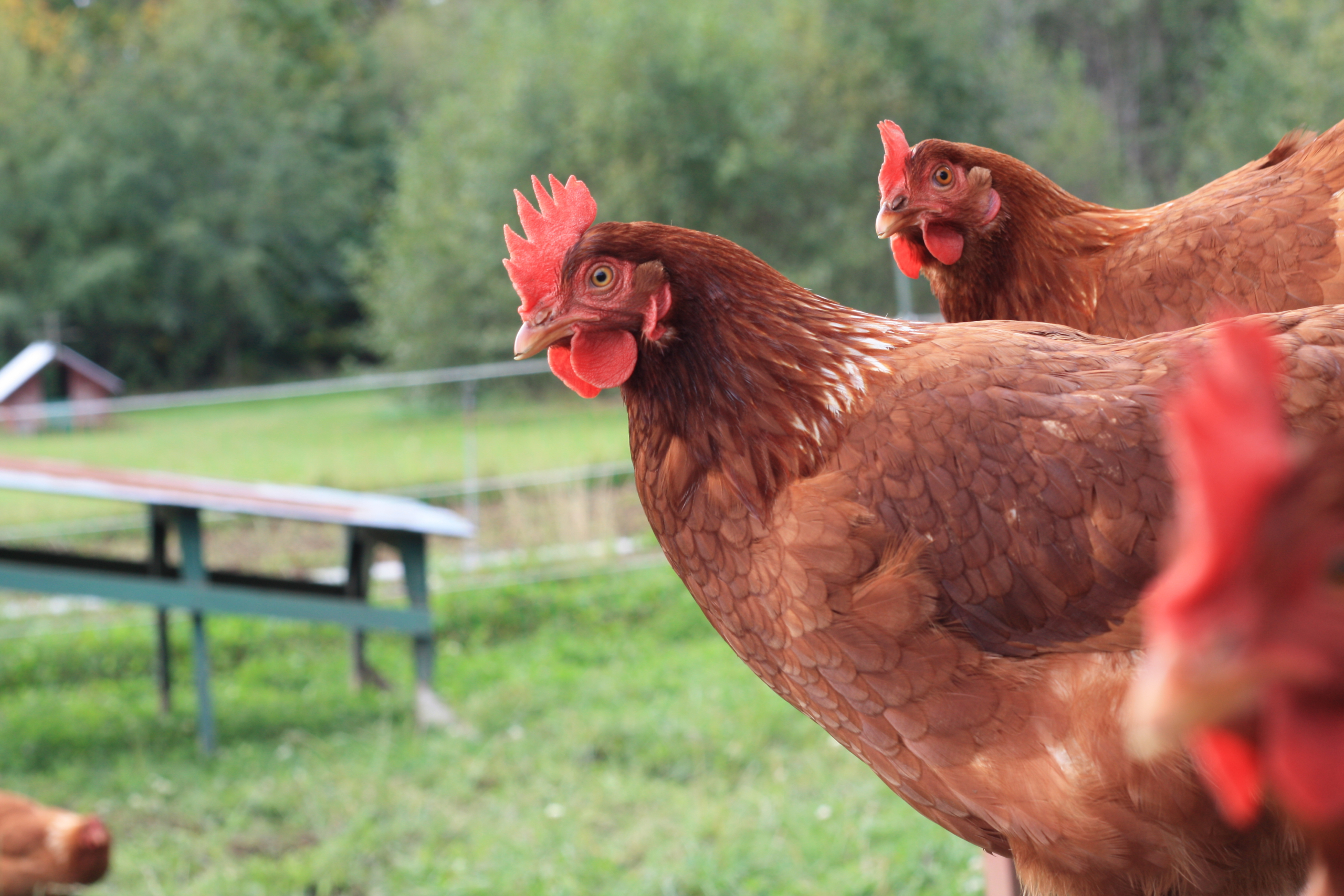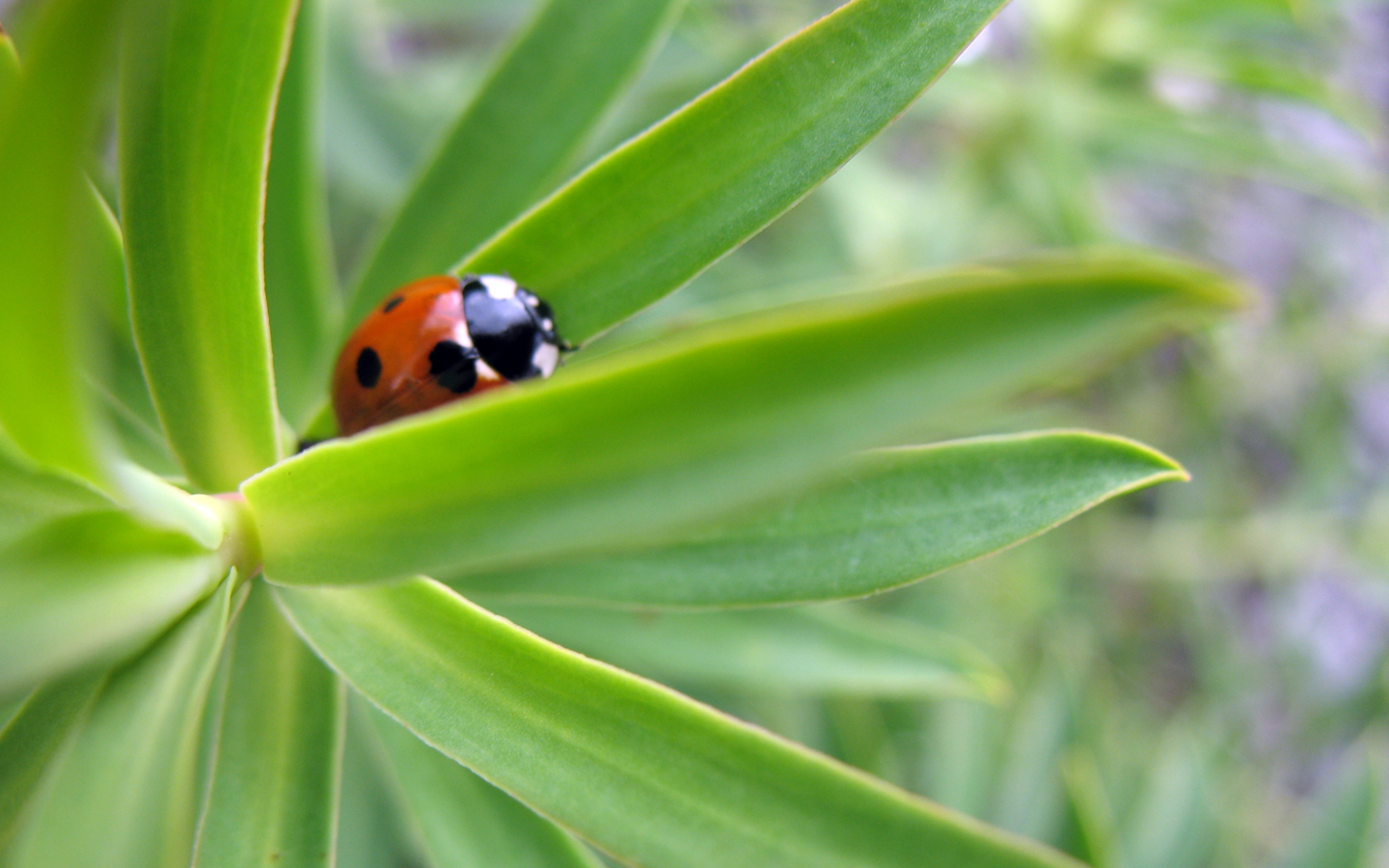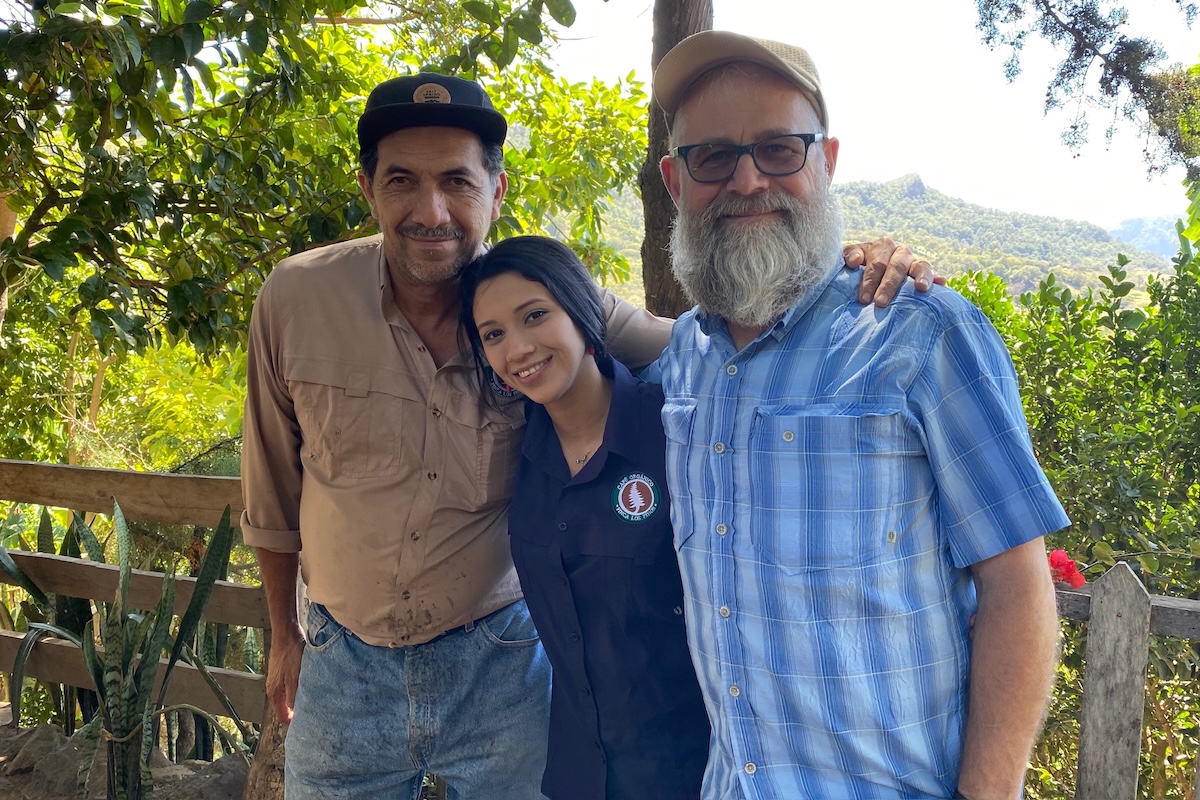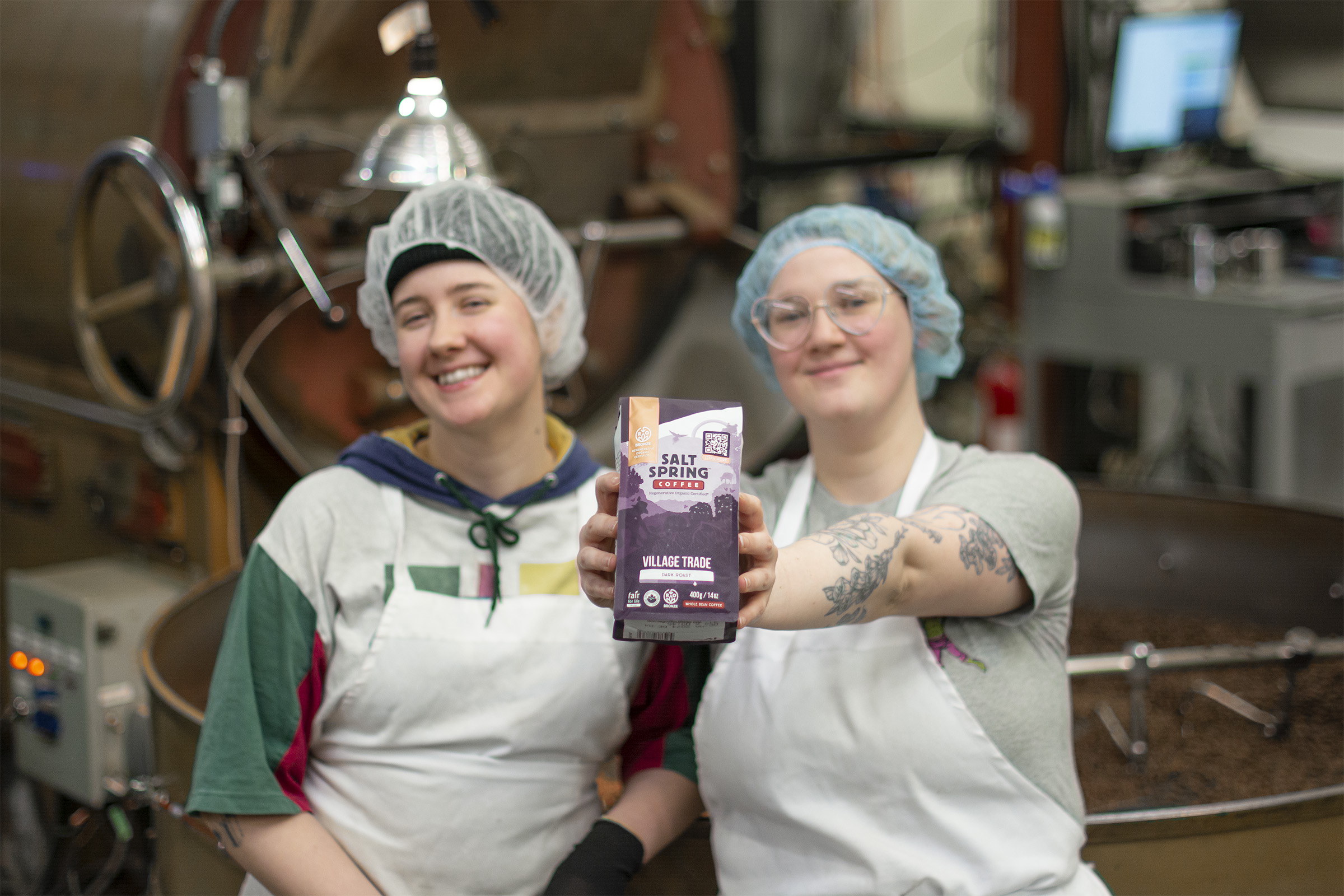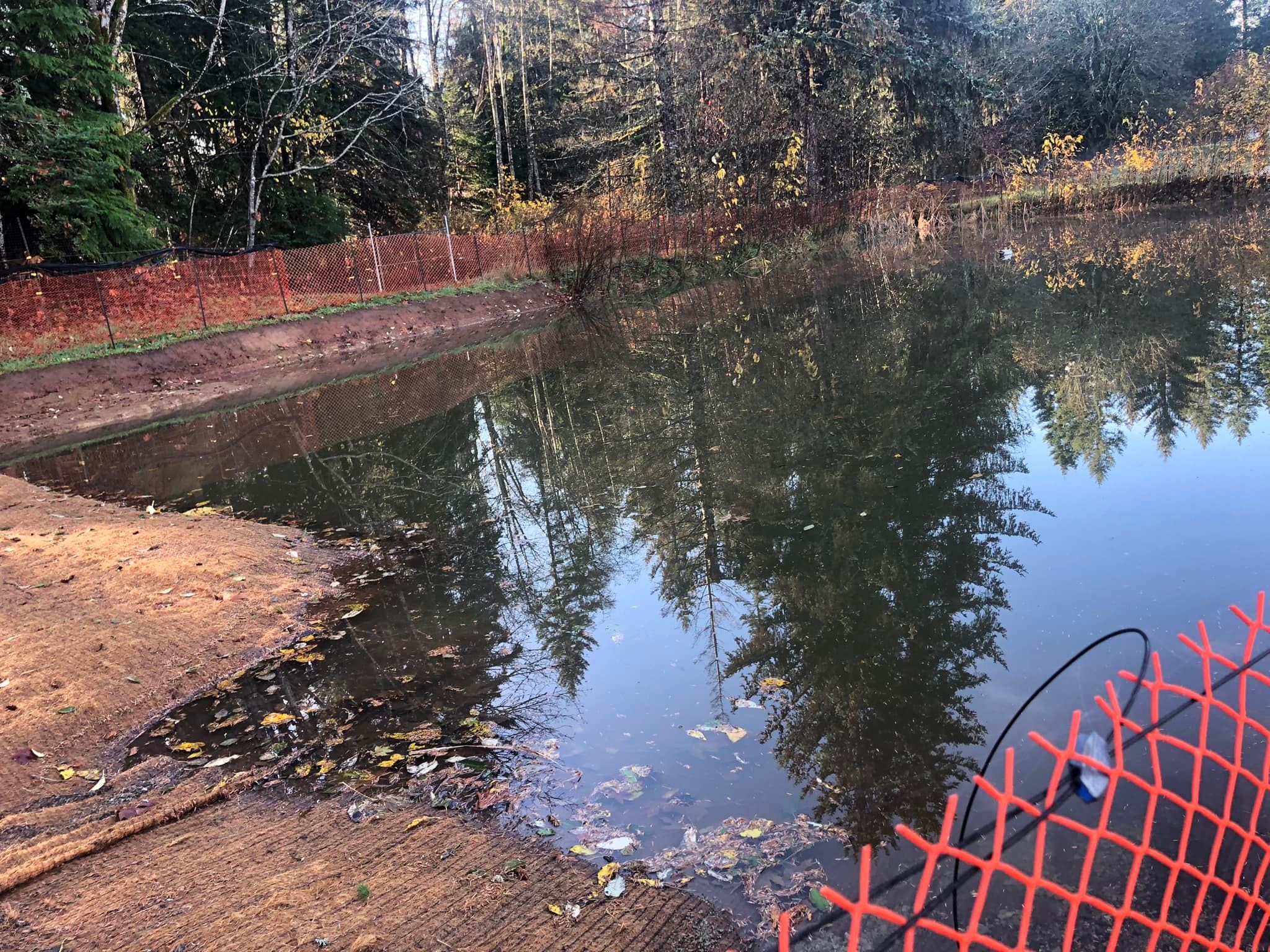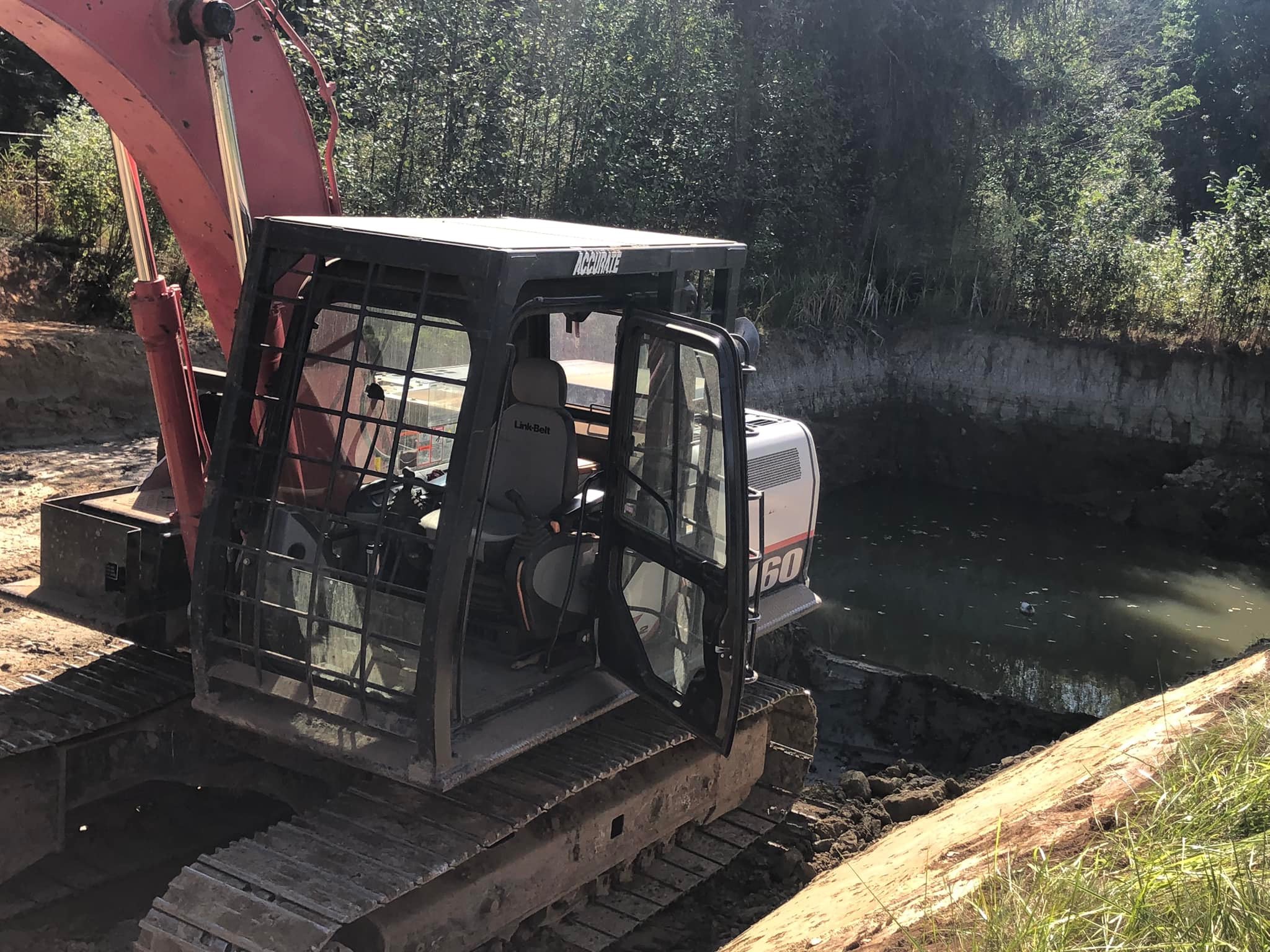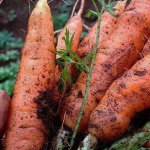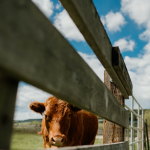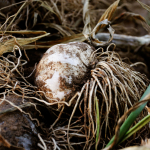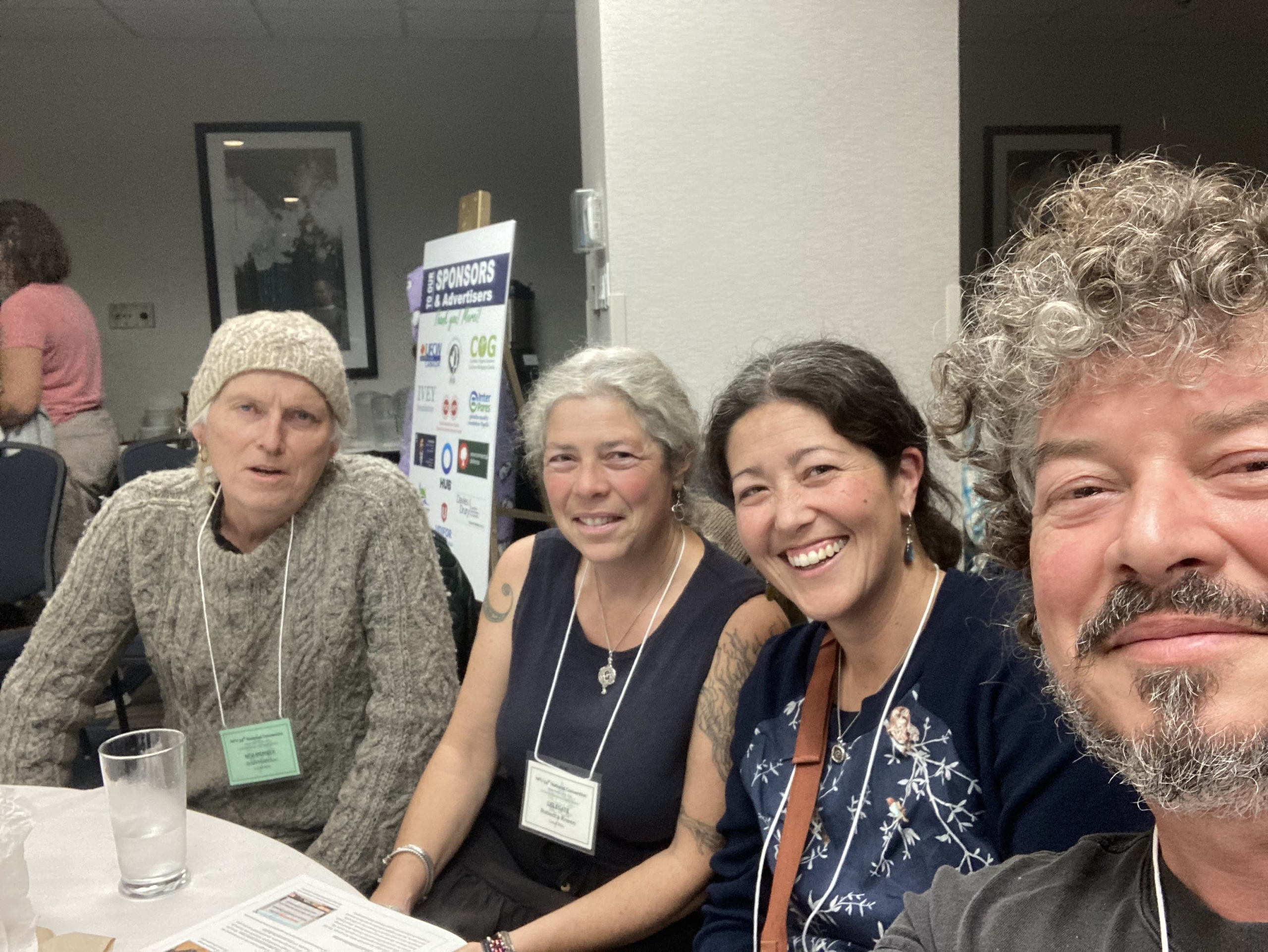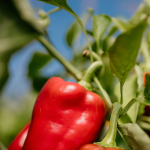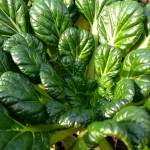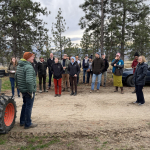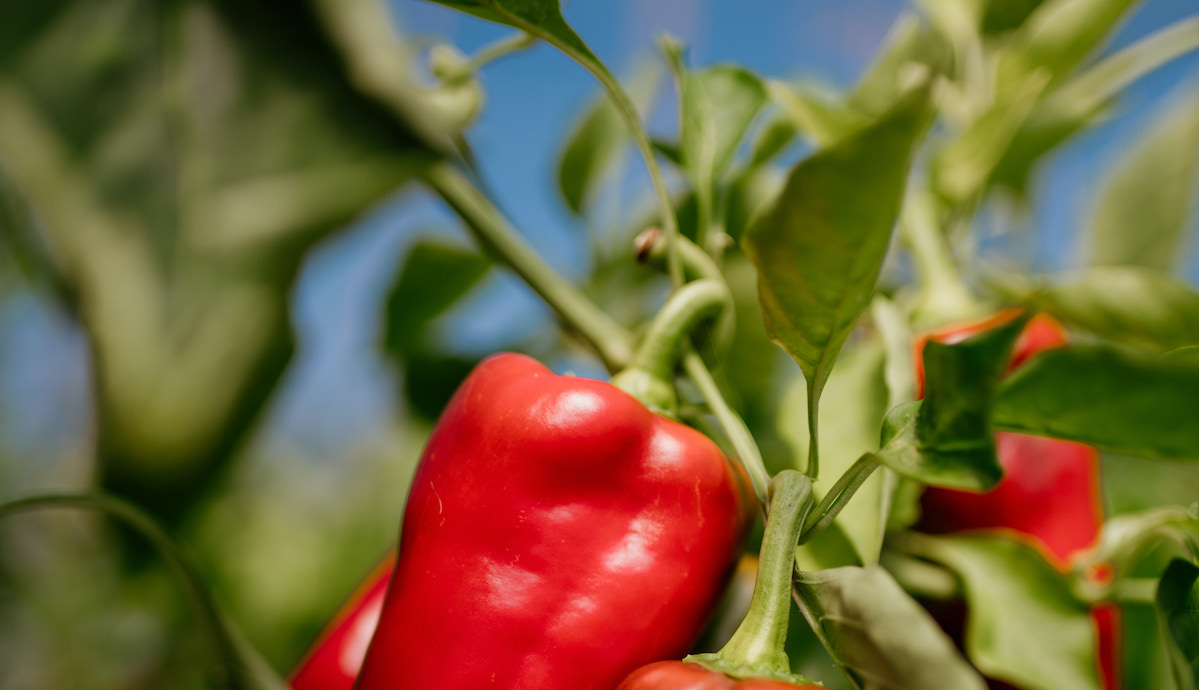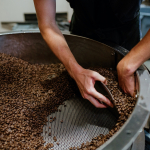Organic Stories: Gambrinus Malting, Syilx and Secwepemc Territory
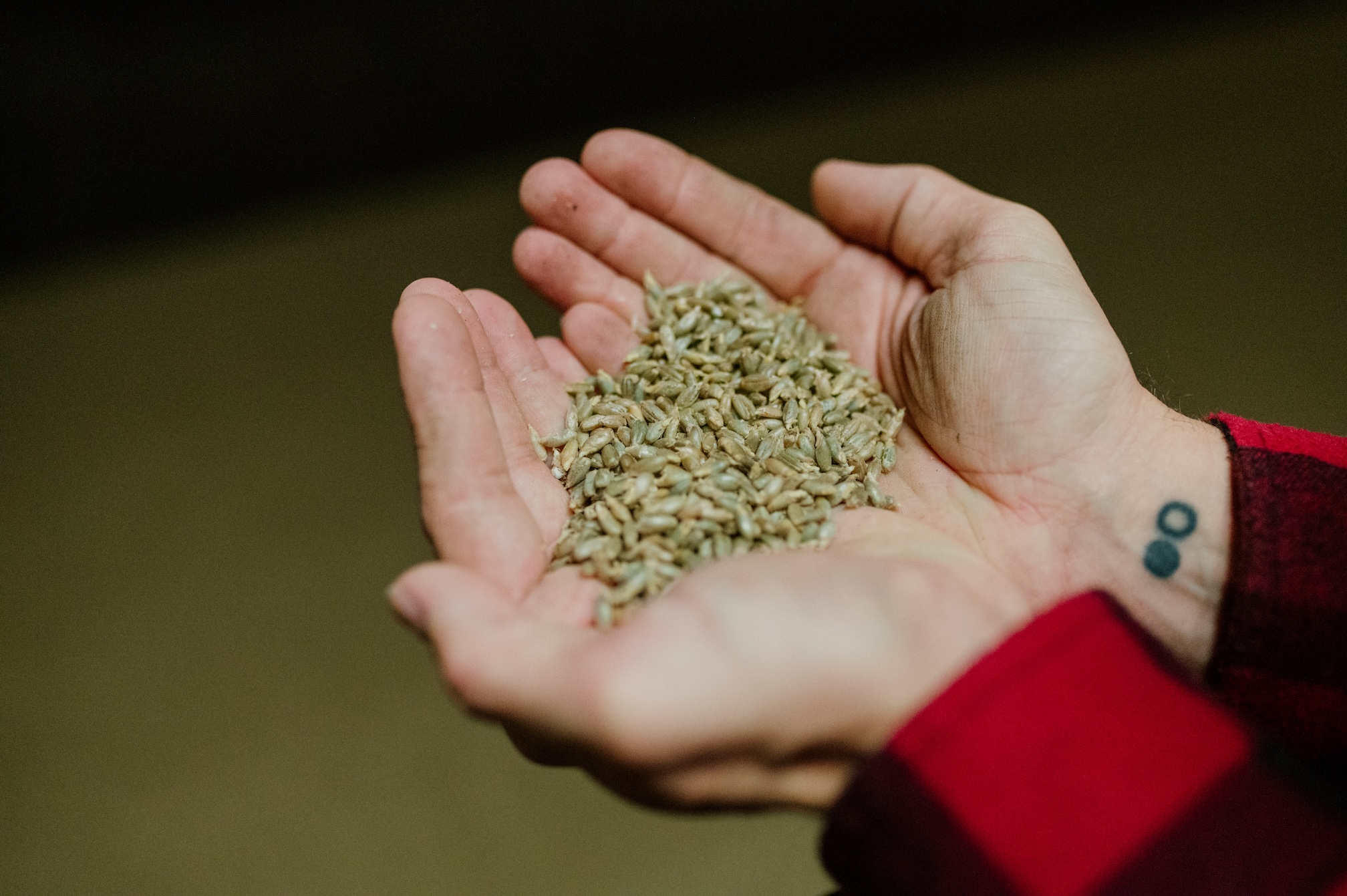
Meet the Middle Man in Your Beer
Darcy Smith
As varied and innovative as craft beer has become over the last decades, it ultimately still comes down to four main ingredients: water, hops, yeast, and, of course, malt—I had never really thought much about malt until I found myself peppering Ken Smith of Gambrinus Malting with questions I didn’t even know I had.
Hops may have charmed us thanks to cute leaves and a habit of trailing their greenery up the sides of craft breweries everywhere. Yeast and water, a bit of a given? But malt is the ingredient that goes through the biggest transformation before it becomes beer. There’s a whole world of farming, science, and craft that goes into making the malts that make beer possible.
Gambrinus Malting was founded in 1992 when the original (German-but-living-in-the-Okanagan) founder decided to ship a decommissioned malthouse from Germany to Armstrong, BC and put it back together—because, according to him, Germans make the best beer in the world, and the best malt.
The intervening decades have brought growth, improvements, and even a buyout, and Ken now calls the malthouse a “German-inspired Canadian malthouse,” which continues to use the saladin-style germination vessels used in making old-world malts, and produces about 16,000 metric tonnes of malt annually. To this day, Gambrinus’ German style malt makes a pilsner that is considered the closest thing to a German pilsner that North Americans can make, even allowing one of Gambrinus’ customers to take gold in the most prestigious global pilsner award. That award? You guessed it, it usually goes to the Germans.Award-winning pilsners aside, Gambrinus also has a line of organic malt products, for which the beer world can thank Rebecca Kneen and Brian MacIsaac at Crannóg Ales. Long-time Gambrinus customers, Rebecca and Brian petitioned the maltsters (yes, that is the technical term for a maker of malt) to start offering an organic line of products which has only grown as word got around. When Gambrinus was acquired by Rahr Malting in 2017, the new parent company saw fit to grow Gambrinus’ line of organic products, focusing mostly on pale ale and pilsner malts that they provide to breweries and distilleries.
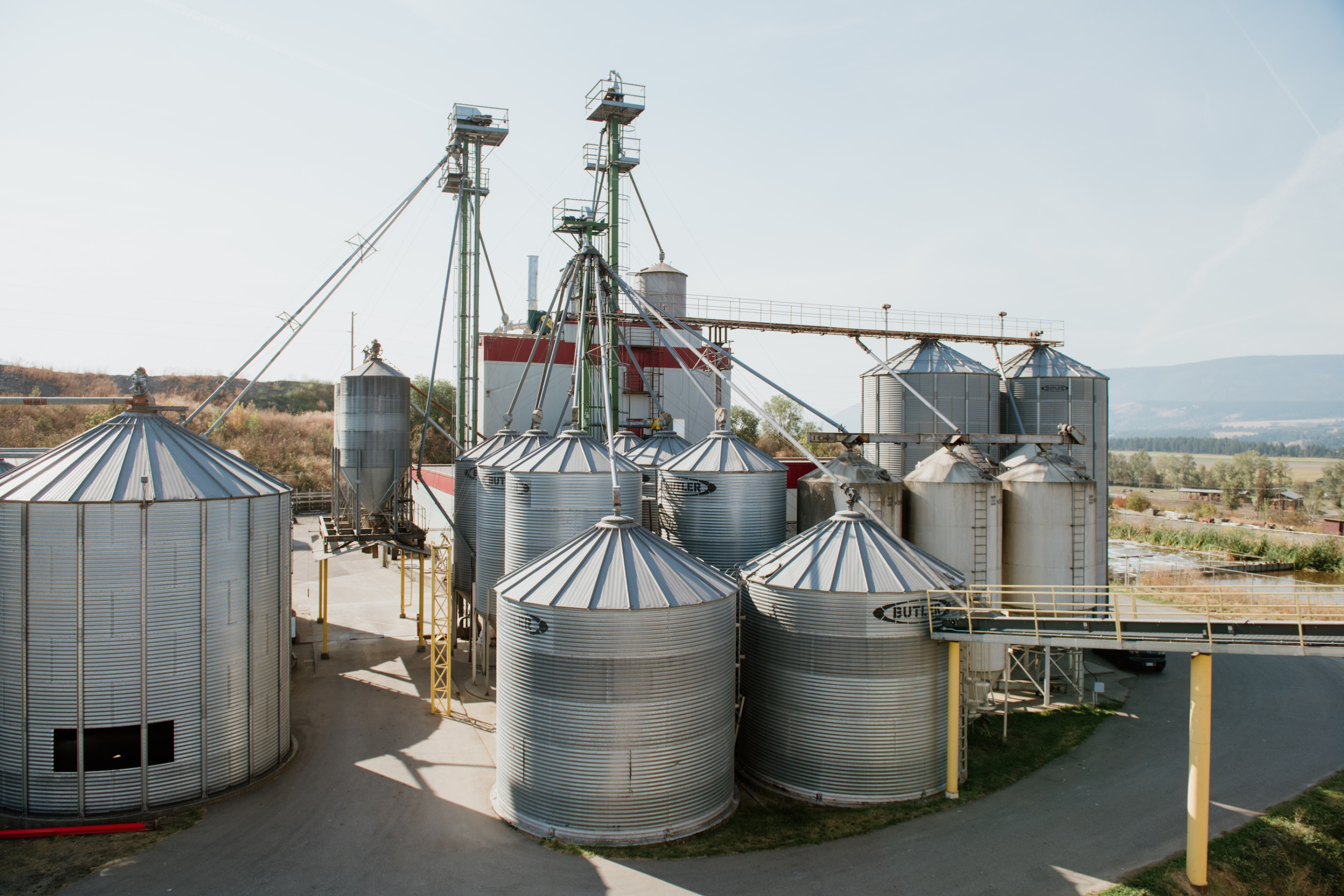
Rahr Malting is another malting company that can call on tradition—and German origins—for its professional chops. The Minnesota-based family-run business has been around for 177 years. “They’ve been through prohibition and a couple world wars,” Ken says, “and they’ve managed to persevere.” When they brought Gambrinus into the fold, they wanted to take what had been developed over 25 years and “build on what was created to turn it into something special, without removing any ties to the current community, branding, and history.”
That “something special” starts out as a raw ingredient: “barley is the typical ingredient,” Ken says. “But you can malt almost anything, from corn, to oats, to rye, it all depends on the needs of the market.” Gambrinus does mostly barley, with a bit of oats, rye, and wheat, grown on BC and Alberta farms. Everything from varietal to protein content to moisture can impact the malt so maltsters are particular about their ingredients.
Once the barley arrives at the malthouse, it is cleaned and steeped. The moisture content jumps from about 12 to 40 percent. Next up is germination in those saladin-style boxes. “The germination process is where most of the magic happens,” says Ken. “We sprout the barley to the point that we’re satisfied that it will meet the enzymatic requirements of the brewhouse, then we want to lock in all that goodness so we take it to the kiln.” Beer contains enzymes that convert the starch in malt into sugars, a process which starts during germination. Kiln-drying suspends this process at the right moment, while adding some flavour and colour and bringing the moisture down to four and a half to five percent. “It’s now malt, not barley anymore,” Ken says.
This 5,000-year old process “is incredibly scientific nowadays, with huge investments into different sensors, trending, and monitoring,” Ken says. “It is unbelievably challenging to make a consistent product when the inputs are changing daily. The barley will show up and react differently in the malthouse, but the legit expectation from customers is that we make a malt that is consistent and reliable.”
It’s not just the barley: “Water is paramount to success,” says Ken. It’s one of the hardest things they deal with each year, how much water to use, how warm it needs to be, and when to apply the water—especially during steeping and germination. “If we get that wrong, the finished product won’t be where we want it to be.”
Malt making requires “an incredible amount of testing from the moment the grain is selected from the farm field all the way along until it leaves for the customer.” What are those tests looking for? “Everything. Protein, enzymes, colour, to name a few. Depending on the product, there are an array of sensory decisions to be made,” Ken says. “Analytics become core for decision-making as maltsters.” Pilsners, for example, require a lighter product (a one point five to one point seven on their colour scale), while darker beers such as munichs can be in the 30-plus range.
Monitoring and decisions are happening on a daily basis, and experience helps, Ken says: “We take each batch and accumulate that data.” But then they get the next year’s shipment of barley: “Every crop year resets us. We can build on experience over decades, but the grain coming in each year is different. In drought season, we might have smaller kernels; in a cooler year, more plump.”
Ken is particularly excited about Gambrinus’ just-launched IPA malt, “a malt-forward, light-coloured, single-ingredient malt which is primarily used for west coast and hazy IPAs” These beers are distinctive to this region, and, Ken says, “we are trying to simplify ingredients for brewers and give them something new.” Ken first figured out this “super delicious” IPA malt would be his new favourite when he found himself enjoying drinking the wort in the laboratory. “The one thing you can’t really automate is sensory testing: taste and smell. You still need humans to test that,” Ken says. “Every day in the lab, when we process the malt in order to get all this data, we do something called a wort.” When brewing beer, wort is the liquid that comes from the mashing process, before it goes to fermentation and becomes alcohol. “We take the malt to wort. Then we can taste that liquid and compare sensories.” They do it in teams of at least five or six each day to make sure the products taste and smell how they want them to—no doubt a coveted role.

When not tasting wort, Ken is the director of operations at Gambrinus. He is “responsible for the overall human and financial health and safety of the organization,” he says. He comes with a background in software design, data analytics and business: “my initial role was to help with the modern transition to using more technology,” and while somewhere along the way he fell in love with malting, he speaks with equal passion about the people who make the malt.
Gambrinus’ safety program—safeguarding the people making the malt—is Ken’s baby. When he first joined the company, he redeveloped it from the ground up, once he reckoned with how inherently dangerous any production facility can be: “there’s a million things that can go wrong, from chemicals to large augurs to forklifts and moving vehicles.” Ken says that Gambrinus “has been recognized on a provincial level a couple times now for contributions to safety in food manufacturing.” There’s plenty to celebrate there, including being the first malting company to achieve the Occupational Safety Standard of Excellence.
Ken lives and breathes safety not just within the walls of Gambrinus, but along the whole supply chain. Organic certification might have started out as an answer to a specific customer need, but for Ken it’s answered a number of other needs too. “The organic regime requires you to consider all elements of risk, from customer interaction to procurement traceability to inventory and quality management and more,” Ken says. He digs organics so much that he’s now on the board of the Pacific Agricultural Certification Society (PACS). “I’m passionate about it,” he says. “Organics is important to consumers maybe for different reasons than it’s important to manufacturers.” For Ken, “It’s accountability right from the farm field to the final product.”
He sees a future where more producers are growing organic grain destined for more organic maltsters, and then, of course, for more organic craft beers. It’s in part why he got involved with PACS: “most of the people involved are producers. There are not very many processors on boards, looking at organics from a manufacturing and distribution element.”
He names Fieldstone Organics, another Armstrong-based producer, as a community champion. Through their events, he’s been able to see the community come together. “There’s just so much passion and commitment to community in organics.” For Ken and Gambrinus, there is more to organics than just economics. It’s about sustainability and sustainable food practices. “It makes communities better, and the food chain more reliable,” Ken says.
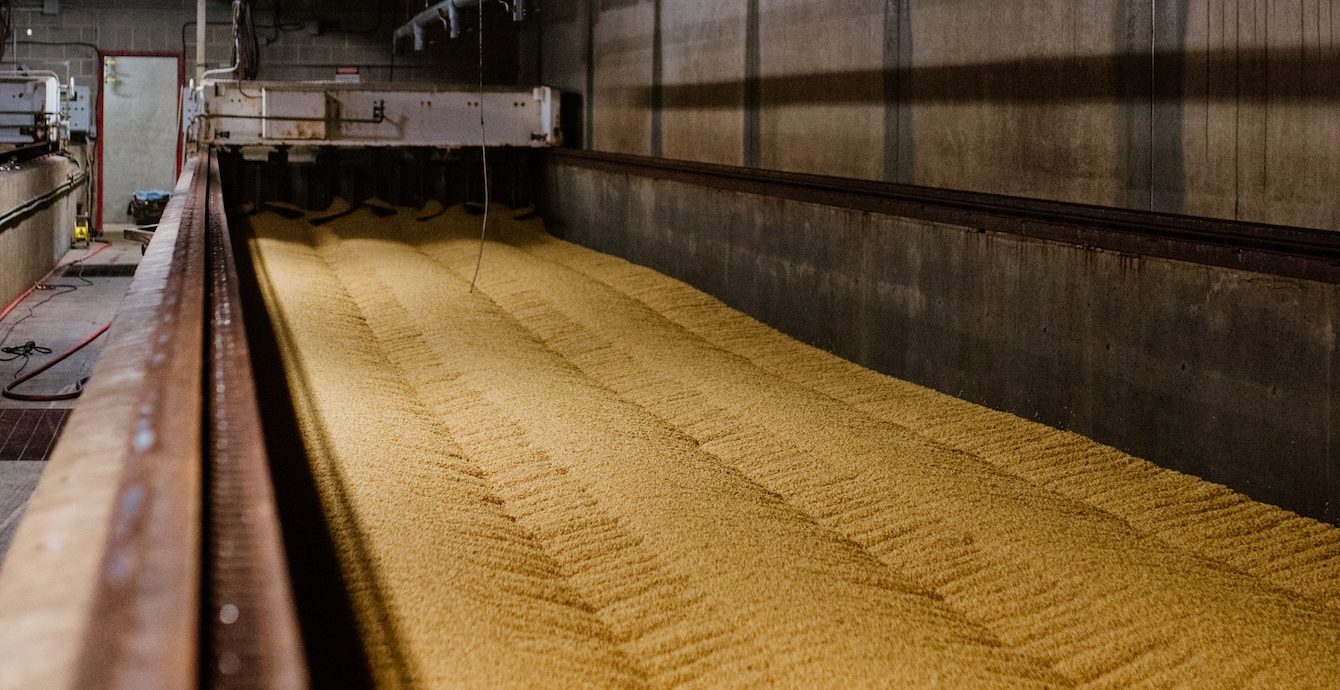
Speaking of making communities better, for Gambrinus, “the future is about doubling down on our commitment to employees, community, and product.” The craft beer industry is changing as people’s tastes and habits change. Ken names a few shifts: people under 30 “have really slowed down on alcohol consumption,” is one. Another is “tastes shifting to ready-to-drink options that aren’t craft beer.”
Gambrinus is adapting and evolving with the rest of the sector, launching new products, including the previously-mentioned “super delicious” IPA. The small-batch nature of Gambrinus makes for excellent testing ground, and Gambrinus has released three new products in recent years. Non-alcoholic beer has started to catch up with the rest of the craft beer market, and Ken sees potential in that realm. But he says maltsters “are the grandpa in the whole thing. The brewers are the cool kids with skateboards, they’re the ones reacting to changes and recognizing changing habits, and coming to us and saying we need this to meet this need.”
Ultimately, Ken sees a lot of opportunity for organics in the beer world: “I want to better understand the industry and see how we can encourage more people to consider organics. It turns out some of the most passionate people in the world are involved in organics, and now I’m passionate too.”
PS: If you have spent your time reading this article wondering how Gambrinus got its name, we have something in common. At the end of my conversation with Ken, I finally asked about the name. Gambrinus is named after “a mythological story about a guy named King Gambrinus, who sold his soul to the devil to become the first immortal brewer.” When the devil came to claim his soul, he outdrank the devil, thus keeping his soul, impressing the people so much they crowned him King Gambrinus, and eventually ending up on a sign outside of a re-constructed German malthouse in a charming little valley.
Darcy Smith is the editor of the BC Organic Grower, and a huge fan of organic farmers. She also manages the BC Land Matching Program delivered by Young Agrarians.
Featured image: Hands holding barley grains at Gambrinus Malting. Credit: Maylies Lang.


